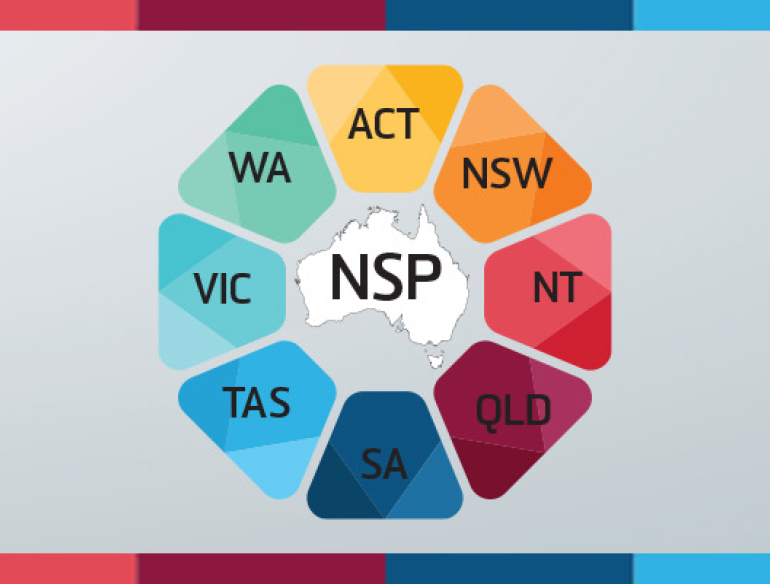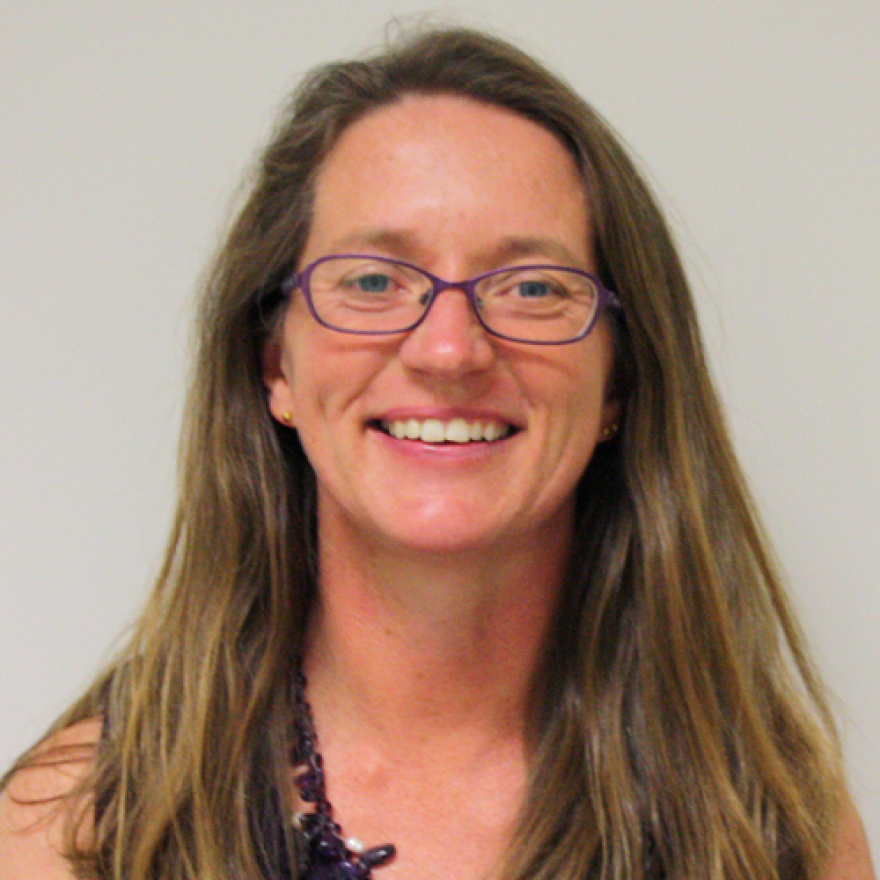- Australia's network of 3,677 NSP services was comprised of 101 primary, 774 secondary and 2,458 pharmacy NSPs in 2017/18. These face to face services were supplemented by 344 syringe dispensing machines.
- Based on 2,643 NSP occasions of service recorded at primary and secondary NSPs that participated on the snapshot day in 2018, it is estimated that public sector NSPs in Australia provided 710,000 occasions of service in 2017/18.
- Two thirds (64%) of NSP attendees at public sector NSP services on the snapshot day were aged between 30 and 49 years, almost three in four (70%) NSP attendees were male and excluding occasions of service where Indigenous status was not reported, 18% of NSP attendees identified as Aboriginal and/or Torres Strait Islander.
- Stimulants and hallucinogens (predominantly methamphetamine) were the most commonly reported drugs injected on the snapshot day in 2018 (42%), followed by analgesics (heroin, other opioids and opioid substitution therapies, 40%) and anabolic agents and selected hormones (predominantly anabolic steroids, 8%).
- Australian NSPs distributed 48.9 million needles and syringes in 2017/18. Per capita needle and syringe distribution among the population aged 15–64 years was 3.0 syringes. An estimated 633 syringes were distributed per people who inject drugs (PWID) (excluding occasional PWID), the equivalent of 1.7 syringes per PWID per day.
The Needle Syringe Program National Minimum Data Collection (NSP NMDC) supports the National Strategies for blood borne and sexually transmissible infections and complements the annual Australian Needle and Syringe Program (NSP) Survey National Data Report.
All eight Australian jurisdictions operate a range of NSP services targeting a variety of drug use and client populations. Despite some variation in levels of completeness and alignment, all jurisdictions provide data incorporating the following three components: NSP service type and location, non-identifiable client occasions of service, and needle syringe distribution.
This is the third annual national data report which presents national and state/territory NSP data for the period 2015/16, 2016/17 and 2017/18.

